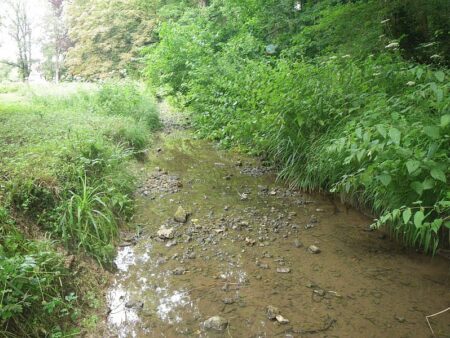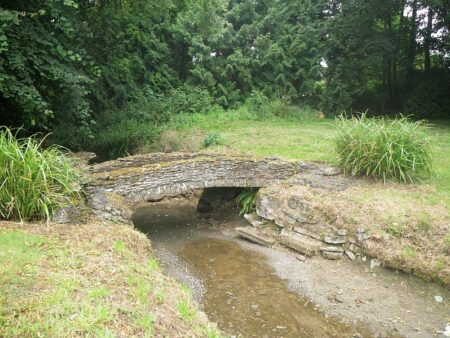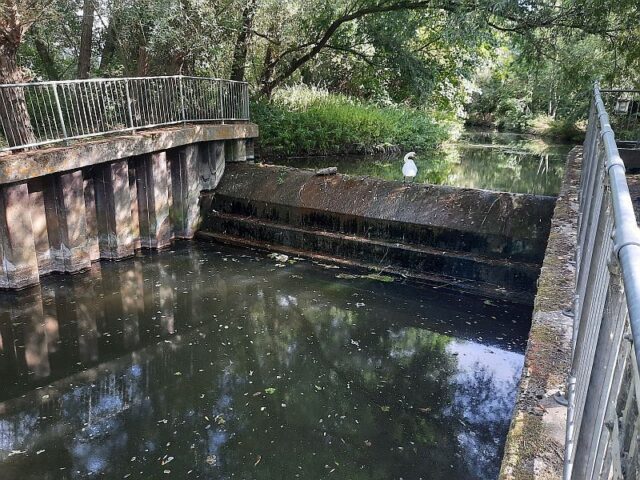Firstly, we must understand that just because a section of river or stream has run completely dry that it is not dead and gone forever – providing flows do return. This is particularly the case with spring-fed systems which often have drying headwaters (winterbournes), with many species evolved to cope with drought by moving downstream and moving back upstream when flows return. On rain-fed rivers, instinct drives the fish to find cooler, deeper water downstream; provided there are not impassable structures, once the flow returns, so will the fish. Trout are hard-wired to move upstream to spawn where they can find suitable habitat, with stronger fish reaching places that smaller, weaker fish may not be able to reach. This often enables eggs to be deposited into freshly flowing sections that a couple of months before were completely dry. All trout are migratory more-or-less but rivers that are blessed with sea-run trout have better capacity to bounce back because, even if the entire river dries up, or is battered by a deadly pollution, killing every last fish in the river, there will always be a cohort of the river’s population away at sea feeding on sand eels, just ready to come back to the river when flows return, starting the cycle of life all over again.
A single dry year, or possibly even two or three in a row, is unlikely to finish off our trout for good, but we must try harder to build in the necessary resilience to rivers. We must
- redouble our efforts to make sure fish can navigate both up and down our rivers and streams
- undertake sensitive maintenance work and put the comfort of the fish before our own desires to make fishing for them easier
- create more shade, promote deep, cool holding pools for adult trout and thick, tangled, shaggy fringes adjacent to shallow spawning glides and riffles for fry and parr
- encourage that vital and natural connection between the river and its floodplain.
Habitat is just one leg of the three-legged stool. We must all stand up to the water companies, government and its regulators and demand more and fast action for improved water quality and much more investment into sustainable water resources. We need better water networks and vastly improved winter water storage. For every single one of us in our homes, we can also do our bit by valuing each drop of water we use and re-use. The WTT’s focus is on practical action to improve resilience but of course we support and provide evidence for the groups that campaign to improve water quality and water quantity. Perhaps this year will finally be the wake-up call that we’re in a climate emergency and massive investment is needed to protect our precious water environments and the wildlife that depends on it.


